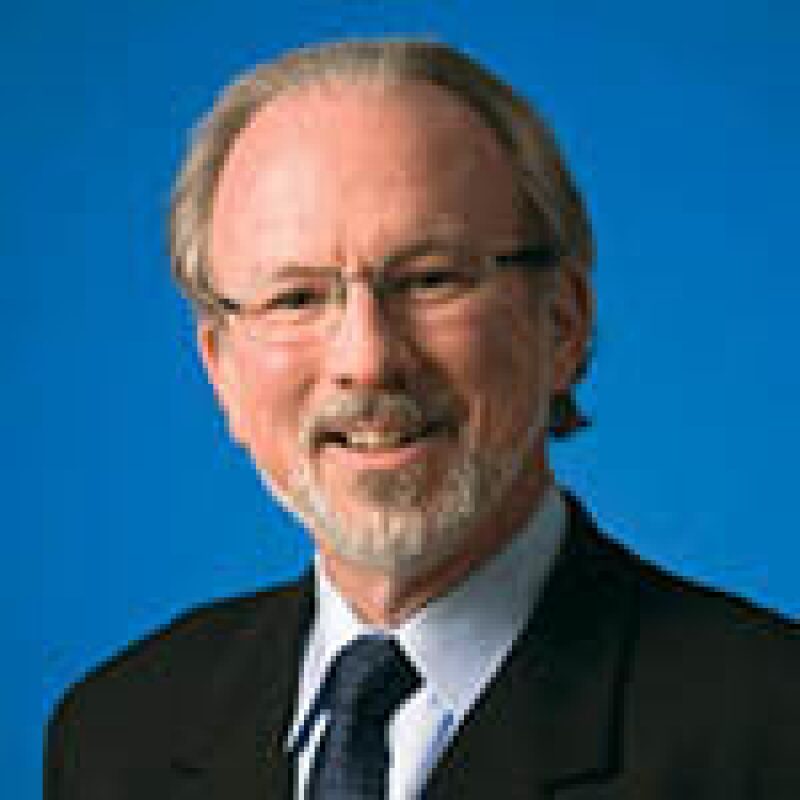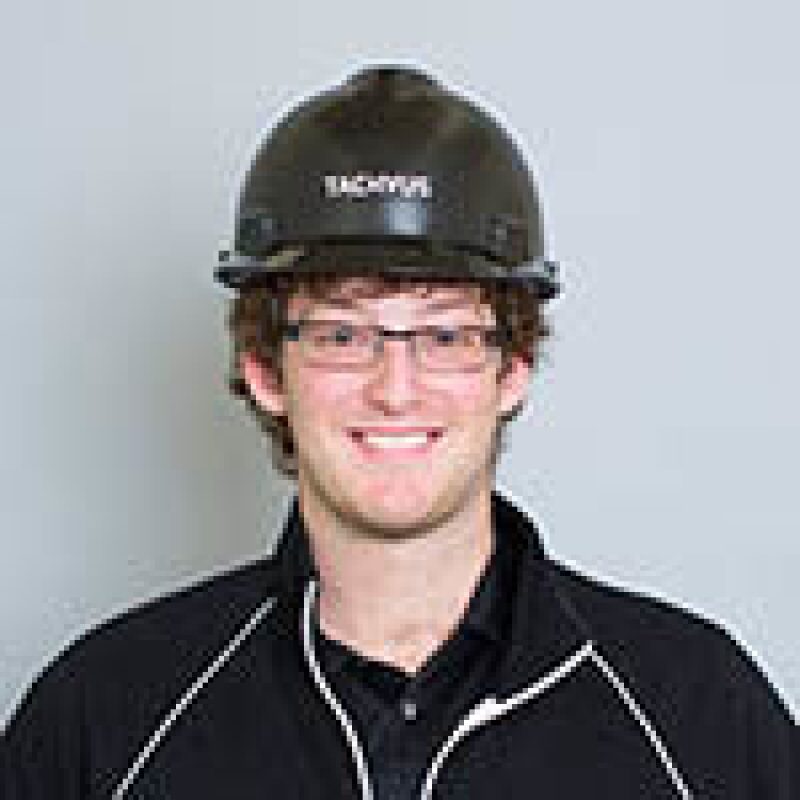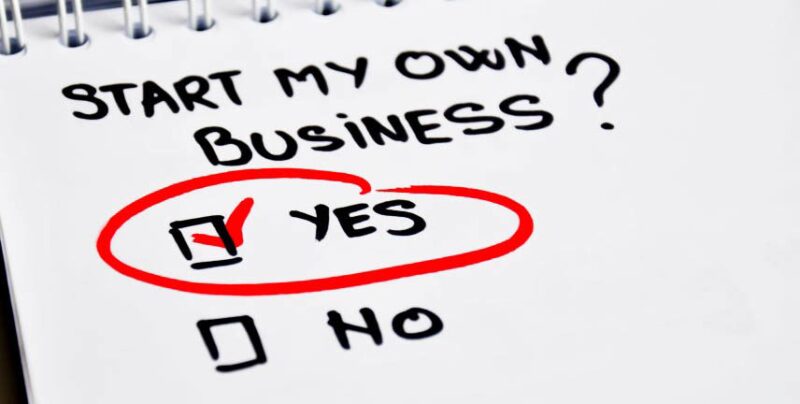Interview by TWA editors Angela Dang, Encana; Wei Wang, Shell; and Chieke Offurum, EOG
The oil and gas industry uses some of the most cutting-edge technology in the world. Who is at the forefront of these technical developments? What does it take to start your own company? How do you stay on top of technical developments in the industry? (Hint: SPE plays a big role.) In this article, we interview a young and a seasoned professional who have both started companies featuring technologies that are pushing our industry forward.


Tell us about your company, what motivated you [and your team] to start this company?
Dakin Sloss (DL): We started Tachyus 2 years ago. Our primary motivation was to create technology to optimize energy production: the lifeblood of our global economy. Oil and gas serve as our dominant sources of energy, and over the last century this abundance of affordable and reliable energy has extended our lifespans, lifted billions out of horrible living conditions, and made human life around the planet massively better.
Despite this, there are not any Silicon Valley technology companies focused exclusively on delivering the technology that oil and gas producers need to operate optimally. We believed with our strong background in data science, physics, and software engineering that we could bring unique solutions to bear on the most challenging problems within the oil and gas industry.
Peter Duncan (PD): MicroSeismic is in the business of passive seismic, that is, seismic imaging without conventional sources like dynamite or vibes. Most of our projects are related to the monitoring of hydraulic fracture stimulation of unconventional reservoirs. Our aim is to give an accurate image of the zone of enhanced permeability that is created during fracturing by mapping the acoustic energy released by the rocks as they break during the stimulation. Our observations are useful in determining the effectiveness of the stimulation, designing a better completion, and predicting the productivity of a well or zone. I started the company because I felt the technology of passive seismic was underutilized and offered some unique solutions to real-world oilfield problems.
What made you decide to start a company whose technologies and services are relatively new instead of staying at an established company?
DL: I have always started companies. Starting a company gives one the opportunity to create something new and impactful rapidly and to design not just a product, but a work environment consistent with one's vision.
PD: It has been a lifelong habit for me. I have been an explorationist my entire career, whether it was exploring for new resources or new technologies. If one were generous one might say I am curious and adventurous. It is probably closer to the truth to say I do not like to do the same thing twice so I am always looking for new challenges and experiences. MicroSeismic is my third startup.
Who did you recruit to initially start your company, i.e., how did you decide on your team members? What kind of personality/work ethic is needed to work at a less established company?
DL: As three cofounders, we had many of the skill sets we needed to get started (product, sales, software, data science, and physics). Our first two hires were a designer and a software engineer to help accelerate our product development. We made all hiring decisions unanimously and evaluated candidates based on their passion about the mission, their current skills’ applicability to the problems we were tackling, and their ability to quickly adapt, because at a startup the required skills change rapidly as the company evolves.
PD: I recruited an experienced field operations team, a fantastic salesperson, and a couple of smart, young data analysts. To work in a seat-of-the-pants startup you have to be willing to do whatever it takes from slinging geophones to making the coffee; you need to believe in what you are doing and in the team around you; and you need to be able to put the company before anything else.
Is your company still investing in innovative ideas and new technology in the downturn? Can you share some new technology developed in the past 18 months?
DL: Constantly. Given that the company started just over 2.5 years ago, most of what we have created has been in the past 18 months.
PD: We are a technology-driven company competing in a technology-driven industry; if we stop innovating, we will surely die whether there is a downturn or not. That being said, we have continued to push our knowledge and understanding of what microseismic observations can reveal about unconventional reservoirs. In the past 18 months, we have developed a technique for mapping the distribution of enhanced permeability around the stimulated well, of using the permeability mapped volume to predict production levels and drainage volumes around a well, and of estimating the stress distribution in the reservoir around the treated well. The work has resulted in at least four patent applications submitted in that same time frame.
What is the biggest challenge in today’s oil and gas industry?
DL: The biggest challenge is how to cut costs and optimize production. Amidst low oil prices, producers have of course scaled back on their budgets and staffing, but there are still crucial operational and technical decisions to make with less resources. Tachyus' technology helps producers to cut costs and increase production.
PD: For the service business, the biggest challenge is to stay in business. Activity levels are abysmally low and prices have declined painfully. All service companies have cut to the bone and will face real challenges meeting demand when the business turns around. At that time, I believe the new challenge will be to find the talent necessary to operate. The experienced folks are being washed out of the industry. The young folks will be looking for something more stable.
How does one stay on top of the development of new technology in our industry?
DL: Reading SPE papers, visiting trade shows, and talking to innovative companies that are bringing new technology to market.
PD: Read the trade and technical journals. Attend luncheons and conventions where papers are presented. Listen to your peers and never stop being curious.
How important is diversity in an organization in terms of driving innovation and what role have you played in your organization to improve diversity?
DL: As a company, we are always striving to find the best answer. Diversity of perspectives on challenges and open discussion and reconciliation among those perspectives is crucial to finding the best ideas and delivering the most value possible to our customers. I always seek to make sure that as we hire and cultivate talent we are building an intellectually diverse environment.
PD: Innovation requires coming at problems in new and diverse ways; that you listen well and have respect and tolerance for diverse points of view; and an environment that encourages people to voice their ideas and debate the merits of a solution honestly without fear of reproach. Developing such an environment has been my goal as we built MicroSeismic, not out of some sense of altruism, but because our technical and commercial success demands it. I am proud, as I walk the halls of the office, to see the level of diversity—in culture, ethnicity, and gender—that we have attained or perhaps attracted because of our attitudes. The oil and gas industry is a global industry and our team well reflects that demographic.
Do you have any advice for anyone wanting to start their own oil and gas company?
DL: Although oil and gas is a hard asset business, the value of those assets is ultimately determined by the capability of the talent operating those assets. Focus on people.
PD: Have a lot more money than you think you will need.
Related Reading
Preparing Engineers To Be Job Makers, Not Job Takers. The Way Ahead, Vol.10, Issue 2.

